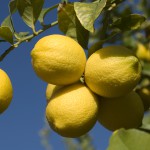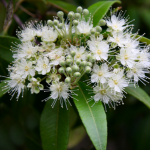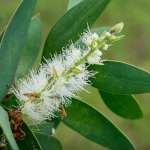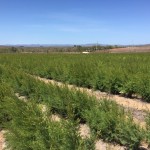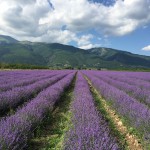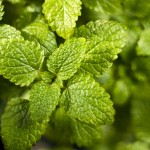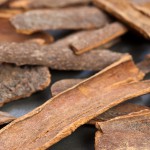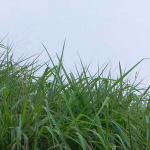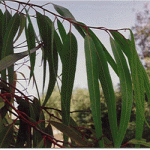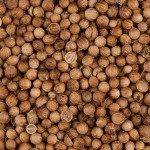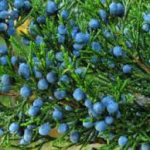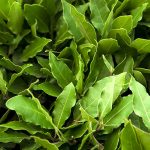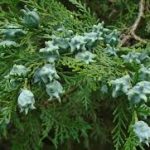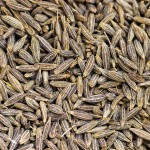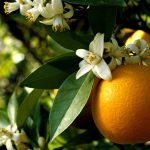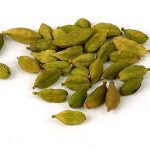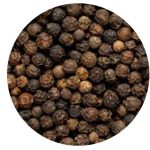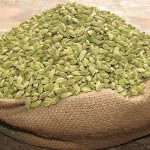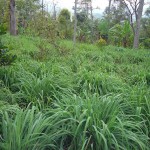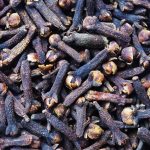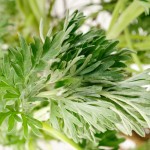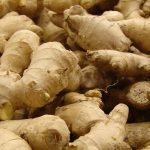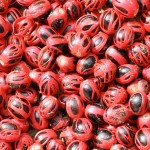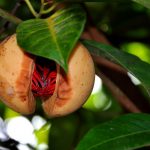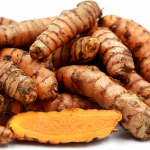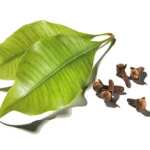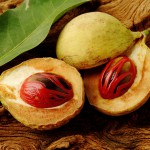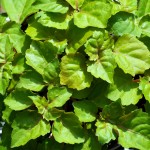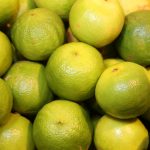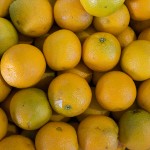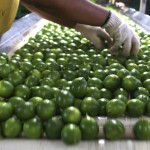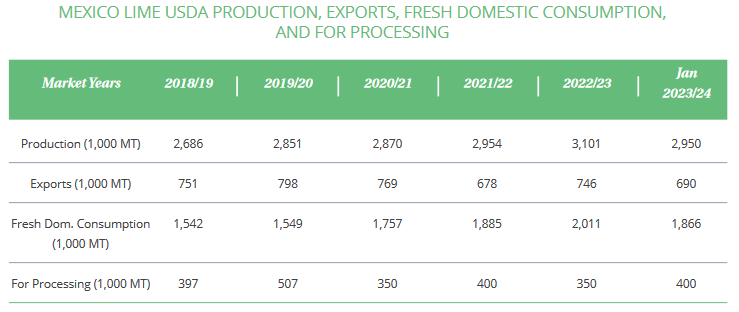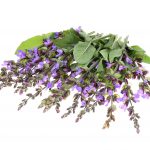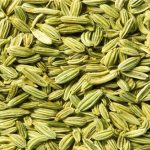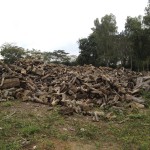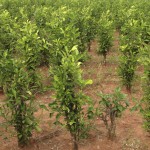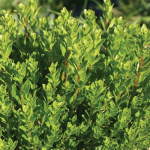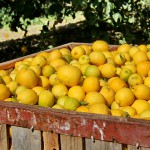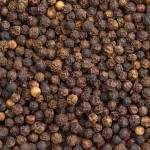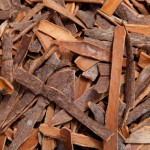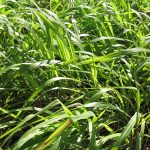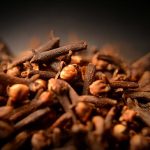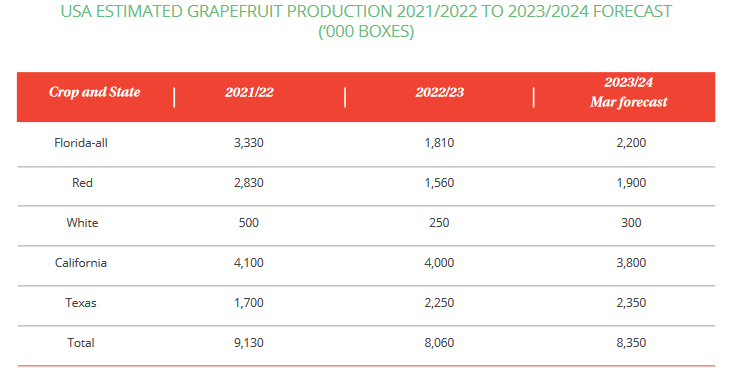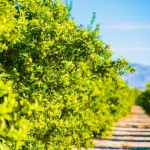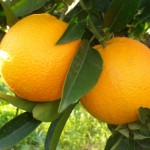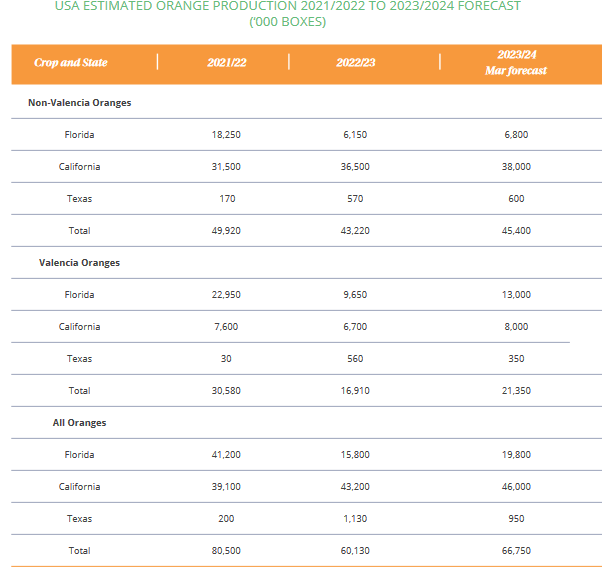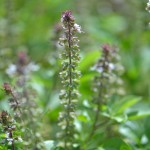Lemon Oil
Citrus limon (L.) Burm. F.
Harvest: May - July
Internal challenges in Argentina made the 2023 season very challenging for citrus producers and exporters. They had to contend with the worst drought in 94 years in Argentina, a heatwave, a currency crisis and a 102.5% year-on-year inflation increase that had seen a doubling in prices of most consumer goods at the start of last year. The period leading up to the general election was one of great uncertainty. Last year the Argentinian Government also declared a state of agricultural emergency for the main lemon production province of Tucumán.
The weather challenges caused a late start to the 2023 season while currency and exchange issues, due to the weak local peso, further complicated matters. However, there was some light at the end of the tunnel in 2023 for what seems to be one of Argentina’s citrus sector’s worst years. The first Argentinian organic lemons in 20 years were exported to Europe last season.
The country also has a new president in Javier Milei, who has started with sweeping reforms as promised in his election campaigns. The citrus industry said on several occasions it is still too early to tell what the impact of these new policies will be.
According to USDA, Argentina’s fresh lemon production is forecast up 3% to 1.9 million metric tonnes (MMT) due to favourable weather. Consumption is down while fruit for processing and exports are forecast higher with the increased supplies.
In production volume for lemon, Argentina continues to be number one. In 2021 and 2022 it was slightly above two million tonnes. The cluster centred in Tucumán has economies of scale. It employs about 50,000 people directly during the harvest and about 10,000 more outside of that period. In the last 15 years the country went from 35,000 hectares to 52,000 hectares planted, although in recent times there has been an adjustment due to the lack of profitability. Around 15,000 hectares have already been cleared, while another 12,000 are in a state of almost total abandonment. This situation is the direct consequence of the decrease in profitability in the activity, in many cases reaching zero or even generating losses. This panorama is aggravated by overproduction worldwide and with Argentine exports at a disadvantage compared to other international producers
Argentina covers between 65% and 70% of the global demand of derived lemon by-products (oil, juice, and peel). In addition, it is the main off-season exporter of fresh fruit, but in recent years it has been displaced from that place by South Africa. Argentina is the fourth largest exporter of fresh lemons in the world, behind Spain, South Africa, and Türkiye. These three countries each produce double the volume of Argentina. There is a significant growth in production that puts pressure on prices and affects profitability. Prices fell between 40% and 50% in the last five years and, although less, those of industrial derivatives also fell.
On average, the sector contributes foreign exchange of about US$600 million a year from sales abroad, but there is concern that withholdings continue. For about five years lemons have been going through a global crisis; there is an oversupply and prices have fallen sharply. Experts assure that it is a “temporary” problem but warn that it may endure for a long period of time.
The global crisis takes on its own characteristics in each country but with the common denominator of an oversupply of fruit, whose production has tripled in the last 25 years (with strong increases in players such as Zimbabwe, Mexico, and Türkiye).
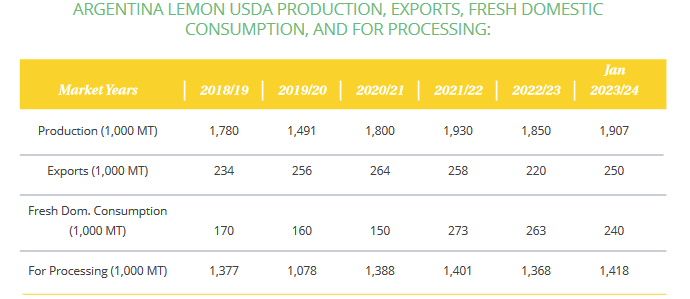
Market prices : USD 12.00 /kilo
 Browse and discover all the latest essential oils from growing regions around the world. In addition, our download version is packed with additional articles including fragrance trends for customers seeking sustainable solutions. Also featuring an article by an Ultra team member describing the smell of rain. We are very pleased to announce the opening of Atelier Ultra NY.
Browse and discover all the latest essential oils from growing regions around the world. In addition, our download version is packed with additional articles including fragrance trends for customers seeking sustainable solutions. Also featuring an article by an Ultra team member describing the smell of rain. We are very pleased to announce the opening of Atelier Ultra NY. Ultra International B.V.
Ultra International B.V.


